In the ever-evolving landscape of body art, a distinct aesthetic has captured the attention of tattoo enthusiasts worldwide: fineline tattooing. Characterized by its exquisite precision, minimalist approach, and often intricate detail, fineline work offers a subtle yet profound way to adorn the body. This style, which eschews thick, bold lines in favor of delicate, often single-needle applications, has seen an undeniable surge in popularity, transforming how we perceive and appreciate tattoos. From minimalist symbols to breathtakingly detailed portraits, fineline tattoos are redefining artistic expression on skin, proving that sometimes, less truly is more.
What Exactly Are Fineline Tattoos? Decoding the Delicate Detail
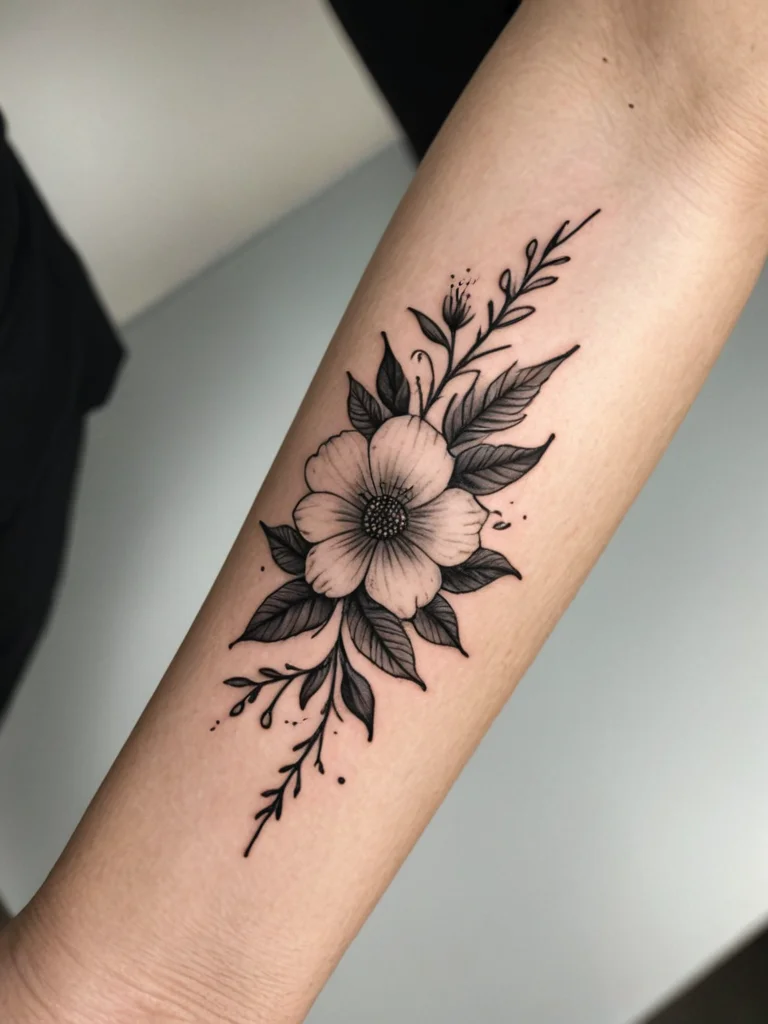
Fineline tattoos are defined by the use of extremely fine needles, often a single needle, to create designs with exceptional detail and subtlety. Unlike traditional tattooing techniques that rely on thicker needles to lay down bold, solid lines that stand the test of time and potential fading, fineline work emphasizes a lighter touch and a more intricate approach. This allows for shading that mimics pencil strokes, gradients that blend seamlessly, and lines so fine they can appear drawn rather than tattooed. The result is often an ethereal, almost sketch-like quality that appeals to those seeking a more understated or sophisticated aesthetic. Think of it as the difference between a bold marker pen and a finely sharpened pencil; both have their place, but the latter allows for a level of nuance and detail that the former cannot achieve. This technique is not merely about thin lines; it’s about the quality of those lines—crisp, clean, and incredibly precise. Tattoo artists specializing in fineline often possess a remarkable steadiness of hand and a deep understanding of how ink interacts with the skin at this micro-level. They can create delicate lettering, intricate floral patterns, detailed portraits with fine hair strands, or abstract designs that play with negative space and subtle textures. The visual impact is often one of understated elegance and remarkable artistry, making it a versatile choice for a wide range of personal expression.
The tools and techniques employed in fineline tattooing are crucial to understanding its distinctive outcome. Artists typically use machines specifically designed for high precision, often utilizing a single needle cartridge or a very tight grouping of needles. This allows for meticulous control over the ink placement, ensuring that each stroke is deliberate and refined. The ink itself is also applied with a lighter hand, often in multiple passes rather than one deep, forceful application, to build up the desired effect without blowing out the fine lines. This requires significant skill and patience from the artist, as the process can be more time-consuming than traditional bold-line work. The depth at which the needle penetrates the skin is also critical; too deep, and the line will spread and blur over time, losing its fineline characteristic. Too shallow, and the tattoo may fade quickly or not heal properly. Achieving that perfect balance is the hallmark of a skilled fineline artist.
The artistry of minimalism
At its core, fineline tattooing often embraces a minimalist philosophy. This doesn’t necessarily mean the designs are simple, but rather that the execution prioritizes clarity, intention, and a refined aesthetic. The beauty of fineline often lies in its ability to convey complex ideas or emotions through seemingly uncomplicated imagery. Delicate script, a single line drawing of a profile, or a minimalist representation of a natural element like a feather or a wave can carry significant personal meaning. This approach resonates with a contemporary desire for thoughtful consumption and intentional self-expression. It’s about selecting a design that speaks volumes without needing to be loud or overpowering. The restraint in line weight often allows the subject matter itself to shine, creating a more intimate and personal connection between the wearer and the art.
Distinguishing fineline from other styles
It’s important to distinguish fineline tattooing from other fine-line styles, such as micro-realism or illustrative fine-line. While all utilize fine needles, the overall aesthetic and application can differ. Micro-realism, for instance, focuses on creating highly detailed, often miniaturized, realistic images using fineline techniques. Illustrative fine-line might lean more towards drawing-like qualities, incorporating shading and linework reminiscent of sketches or engravings. Pure fineline, however, often prioritizes the elegance and impact of the line itself, whether it’s a smooth, continuous curve or a series of delicate, precise strokes. The key differentiator remains the emphasis on the fine, precise nature of the linework as the primary artistic element, often resulting in a softer, more organic feel compared to the bold, graphic nature of traditional tattoos.
Why Fineline is Exploding Globally: Key Trends Driving Popularity
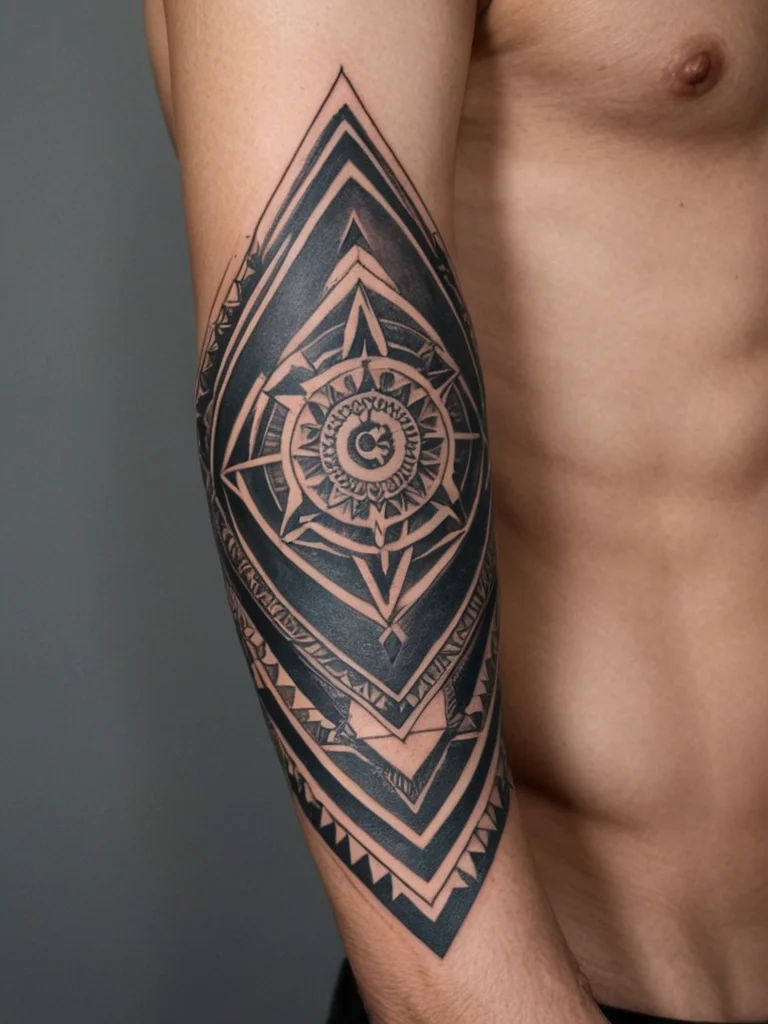
The global ascent of fineline tattoos is not a random phenomenon; it’s fueled by a confluence of cultural shifts, aesthetic preferences, and the accessibility of stunning visual inspiration, primarily through social media. As body art becomes increasingly mainstream and accepted across diverse professional and social environments, individuals are seeking ways to incorporate tattoos that are both meaningful and aesthetically versatile. Fineline tattooing perfectly bridges this gap, offering designs that can be discreetly placed, easily layered with other pieces, and often integrated seamlessly into everyday wear. This adaptability has made it a highly desirable choice for a broad demographic, from young professionals to seasoned tattoo collectors looking for a fresh, refined approach.
Social media platforms, particularly Instagram and Pinterest, have played a monumental role in popularizing fineline tattoos. These platforms serve as vast, visual catalogs where artists showcase their meticulous work, and users share their ink. The delicate, intricate nature of fineline pieces photographs exceptionally well, allowing for close-up shots that highlight the detail and precision. This visual feast exposes a massive audience to the beauty and variety of fineline art, inspiring countless individuals to consider similar styles. Hashtags like #finelinetattoo, #finelinetattooing, and #minimalisttattoo have millions of tags, demonstrating the immense reach and interest in this specific niche. This digital exposure not only drives demand but also fosters a community of enthusiasts and artists who share and celebrate this particular style of tattooing.
The influence of minimalist and contemporary aesthetics
Contemporary culture, in general, has seen a significant embrace of minimalism and clean, uncluttered design. This extends from interior design and fashion to graphic arts and, indeed, tattoos. Fineline tattoos align perfectly with this aesthetic, offering a refined, sophisticated look that doesn’t overpower. They often complement rather than dominate an individual’s personal style. In an era where personal branding and curated self-presentation are prevalent, tattoos that are subtle yet impactful are highly sought after. Fineline pieces, with their delicate lines and often thoughtful subject matter, offer a way to express individuality and personal narrative in a way that feels contemporary and chic. This minimalist appeal makes them particularly attractive to a younger demographic and those new to tattooing, who might be hesitant to commit to larger, bolder pieces.
Versatility and placement options
One of the most significant drivers of fineline’s popularity is its incredible versatility. The fine, delicate nature of the lines allows for designs that can be placed in a myriad of locations on the body. Delicate script can adorn the inner wrist or collarbone, intricate floral patterns can wrap around a finger or trace the curve of a ribcage, and small, detailed symbols can be placed behind the ear or on the ankle. These placements are often more discreet, making them suitable for individuals in professions with strict dress codes or for those who prefer their tattoos to be a more private form of expression. Furthermore, fineline tattoos lend themselves beautifully to layering. An artist can build a cohesive sleeve or back piece using multiple small, delicate fineline elements, creating a complex and visually stunning composition without relying on heavy outlines. This ability to adapt to various body parts and to work harmoniously with other tattoos is a major factor in its widespread adoption.
Celebrity endorsements and cultural impact
The visibility of fineline tattoos on celebrities and influencers has undoubtedly amplified their appeal. When public figures with significant social reach adopt a particular style, it often garners widespread attention and imitation. Many celebrities have opted for delicate, fineline pieces, showcasing them on social media and in public appearances. These endorsements serve to normalize and popularize the style, making it seem aspirational and fashionable. This can range from small, meaningful symbols to more elaborate, illustrative fineline designs. The association with celebrity culture imbues the style with a sense of trendiness and desirability, further accelerating its adoption by the general public. As more people see these styles on admired personalities, they become more inclined to explore them for themselves, viewing fineline tattoos as a sophisticated and modern form of self-adornment.
Finding Your Perfect Fineline Artist: What to Look For and Ask
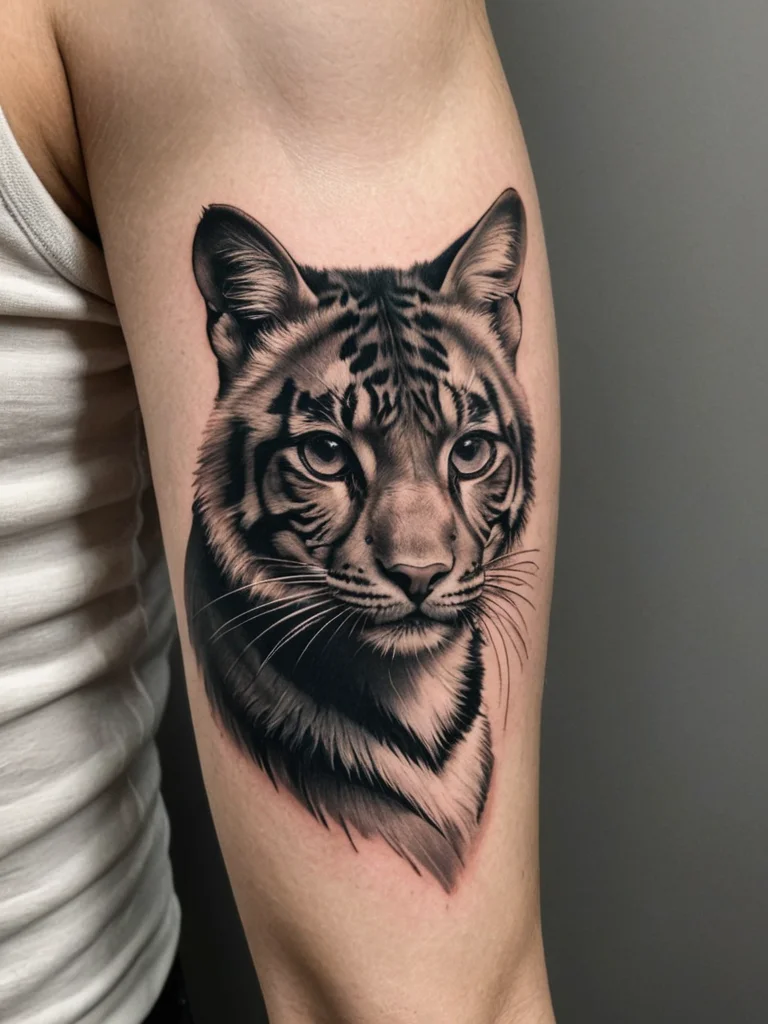
As fineline tattooing gains momentum, so does the importance of finding an artist who truly excels in this specialized technique. Not all tattoo artists are equally adept at creating delicate, precise work. The skill set required for fineline is distinct, demanding exceptional control, an understanding of how fine lines heal, and a refined artistic eye. Therefore, thorough research and careful selection of your artist are paramount to achieving the beautiful, lasting results you desire. Investing time in this process will ensure you connect with a professional who can translate your vision into a stunning piece of art.
When embarking on your search, the first and most crucial step is to thoroughly examine an artist’s portfolio. Look for consistency in their work, specifically focusing on their fineline examples. Are the lines clean, crisp, and even? Do the designs exhibit the level of detail you are looking for? Pay close attention to healed tattoos in their portfolio, if available, as fresh work can sometimes be misleading. Healed fineline tattoos should retain their sharpness and clarity. Examine their shading techniques if your design involves it; does it look soft and blended, or harsh and broken? A reputable artist will have a well-maintained online presence, showcasing high-quality photos of their best work. Don’t be swayed by quantity; focus on the quality and suitability of their fineline pieces for your intended design.
Portfolio review: The essential first step
Dive deep into the artist’s Instagram, website, or studio portfolio. Look for clients with similar skin tones and tattoo styles to what you are considering. If you desire delicate script, ensure they have a history of producing flawless lettering. If it’s fine-line floral work, check for intricate petal details and smooth gradients. Pay attention to how they handle various linework complexities – are they confident in creating smooth curves, sharp points, and fine cross-hatching? A truly skilled fineline artist will demonstrate versatility within the style, capable of producing both minimalist outlines and densely detailed micro-pieces. If their portfolio primarily features bold traditional tattoos or heavy blackwork, they might not be the best fit for a delicate fineline piece, no matter how talented they are in their preferred style.
Understanding the consultation process
Once you’ve identified potential artists, schedule a consultation. This is your opportunity to discuss your ideas in detail, gauge the artist’s understanding of your vision, and assess their professionalism. A good artist will listen attentively, ask clarifying questions, and offer insights based on their expertise. They should be able to provide recommendations on design placement, size, and how the fineline style will best suit your anatomy. Don’t hesitate to ask about their experience with fineline techniques, the types of needles they typically use, and their approach to healing and aftercare. A transparent and communicative artist will make you feel comfortable and confident in their abilities. This interaction is crucial for establishing a rapport and ensuring you and the artist are on the same page creatively.
Questions to ask your potential artist
During the consultation, be prepared with a list of questions. Here are some essential ones:
- “Can you show me examples of your healed fineline tattoos?”
- “What needles do you typically use for fineline work?”
- “How do you ensure the longevity and clarity of fine lines over time?”
- “What is your process for custom fineline design?”
- “What are your thoughts on the placement I’m considering for this design?”
- “What is your aftercare recommendation for fineline tattoos?”
- “What is your availability and booking process?”
Their answers will provide valuable insight into their expertise, approach, and commitment to quality. A professional artist will be happy to answer all your questions and will not rush you through the decision-making process. Their willingness to educate you about the process further builds trust and assures you that you’re in capable hands.
Pricing and booking: Managing expectations
Fineline tattoos, due to their intricate nature and the time they often require, can be priced similarly to or even higher than larger, bolder tattoos. Understand that the cost reflects the artist’s skill, the detailed nature of the work, and the time invested. Ask about their hourly rate or a flat fee for the piece. Clarify what is included in the price – is the design consultation, drawing, and touch-ups included? Understand their booking policy, including deposit requirements and cancellation terms. Reputable artists often have waiting lists, so be prepared for that possibility. Patience is key; ensuring you get a high-quality fineline tattoo from a skilled artist is worth the wait.
Fineline Tattoo Care: Ensuring Longevity and Vibrancy for Delicate Designs
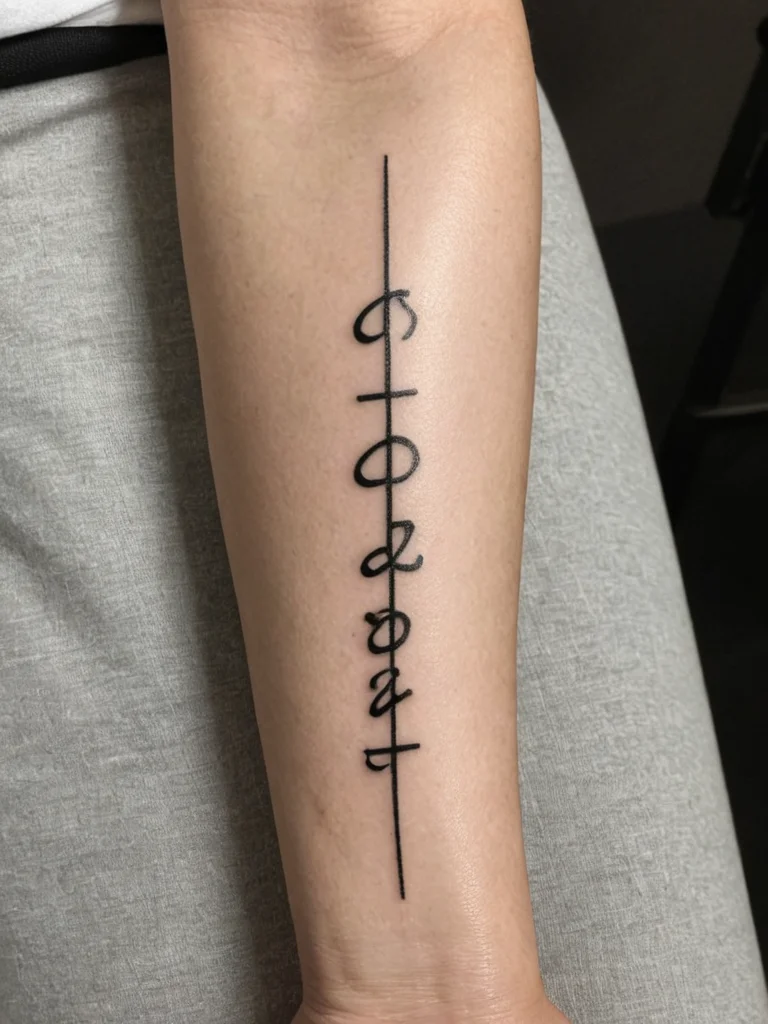
The delicate nature of fineline tattoos means they require specific aftercare to ensure they heal beautifully and retain their intricate detail for years to come. While the fundamental principles of tattoo aftercare remain consistent across all styles, fineline work demands a slightly more cautious approach. The fine lines are more susceptible to blurring or fading if not cared for properly during the healing process. Adhering to a strict aftercare routine is crucial not just for preventing infection but for preserving the crispness and clarity that define fineline art. Think of it as nurturing a delicate watercolor painting; it requires gentle handling and protection to maintain its original beauty.
Immediately after the tattoo is completed, your artist will clean the area and apply a protective bandage. It’s vital to follow their specific instructions regarding how long to keep this initial bandage on, as it varies depending on the type of bandage used (traditional plastic wrap versus advanced second-skin options). Once the bandage is removed, the tattoo should be gently washed with a mild, fragrance-free soap and lukewarm water. Avoid harsh scrubbing or using abrasive materials. Pat the area dry with a clean paper towel – never rub. Apply a thin layer of a recommended fragrance-free moisturizer or tattoo aftercare product, using clean hands. It’s crucial to keep the tattoo clean and moisturized without over-applying product, which can clog pores and impede healing.
The healing process: What to expect
During the first few days, expect some redness, swelling, and minor discomfort, which is normal. The tattoo will likely form a light scab or peel, similar to a sunburn. It’s imperative that you do not pick at or scratch the peeling skin or scabs. Doing so can pull out ink, cause scarring, and damage the fine lines, leading to uneven healing or patchiness. The itching sensation is a sign of healing, but resist the urge to scratch. Gentle patting can help alleviate the itch. For the first two to four weeks, avoid soaking the tattoo in water – this means no baths, hot tubs, swimming pools, or prolonged immersion in water. Showers are fine, but keep them brief and avoid directing the water spray directly onto the fresh tattoo.
Moisturizing and protection: Keeping it vibrant
Consistent, gentle moisturizing is key. Apply a thin layer of your chosen aftercare product 2-3 times a day, or as recommended by your artist, to keep the skin hydrated. Over-moisturizing can be detrimental, potentially “suffocating” the tattoo and leading to ink blowout or loss of detail. The goal is to maintain a slightly moisturized, but not greasy, feel. Once the initial peeling stage is complete and the tattoo appears healed (usually after 2-4 weeks), switch to a gentle, unscented lotion for ongoing care. Sun exposure is the enemy of all tattoos, but especially fineline, as UV rays can fade the ink and degrade the fine lines over time. Always apply a high-SPF sunscreen to your healed fineline tattoos whenever they will be exposed to the sun. Wearing protective clothing is also highly recommended when spending extended periods outdoors.
Long-term care for lasting detail
To maintain the crispness and clarity of your fineline tattoo for years, consistent long-term care is essential. This primarily involves diligent sun protection. UV rays break down ink pigments, causing them to spread and lose their sharpness, which is particularly noticeable in delicate fineline work. Whenever your tattooed skin is exposed to sunlight, even for short periods, apply a broad-spectrum sunscreen with an SPF of 30 or higher. Reapply frequently, especially if you’re sweating or swimming. Hydration is also important; drinking plenty of water keeps your skin healthy and supple, which in turn helps your tattoos look their best. Avoid aggressive exfoliation or harsh skincare products on the tattooed area, as these can also contribute to fading over time.
Touch-ups and artist consultation
Even with the best aftercare, some minor fading or slight imperfections might occur over time, particularly with very fine lines or subtle shading. Many artists offer complimentary or discounted touch-up sessions after a certain healing period (usually 4-8 weeks). If you notice any areas that need refinement, don’t hesitate to contact your artist. They can assess the tattoo and perform any necessary touch-ups to restore its original vibrancy and detail. Regular check-ins with your artist, perhaps annually, can also be beneficial to assess the tattoo’s condition and address any concerns before they become significant issues. This ongoing relationship with your artist ensures the longevity and beauty of your fineline artwork.
Beyond the Trend: The Enduring Appeal and Future of Fineline Tattooing
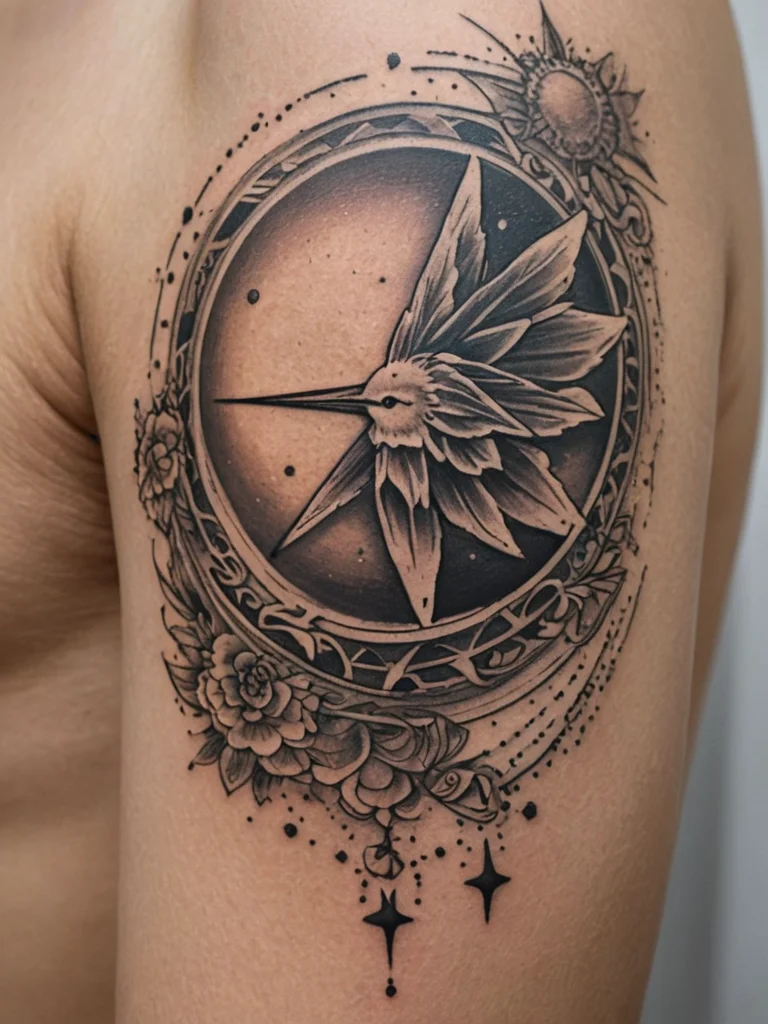
While the current surge in popularity might suggest fineline tattooing is merely a fleeting trend, its fundamental artistic qualities point towards a much more enduring appeal. The essence of fineline lies in its ability to achieve a level of detail, subtlety, and elegance that resonates deeply with a desire for nuanced self-expression. This sophisticated aesthetic, rooted in precision and refined artistry, transcends passing fads. As tattoo culture continues to mature and diversify, fineline work is likely to remain a significant and respected category within the broader art form, evolving alongside new techniques and creative explorations.
The appeal of fineline tattoos stems from their inherent versatility and the intimate connection they foster. They can be intensely personal, conveying profound meaning through minimalist symbols or delicate imagery. The ability to place them discreetly on the body allows for a more private dialogue between the wearer and their art, making each piece feel exceptionally special. Furthermore, the technical skill required to execute fineline work elevates it beyond simple decoration; it is a testament to the artist’s mastery and the client’s appreciation for fine detail. This combination of personal significance, aesthetic refinement, and technical prowess ensures that fineline tattooing will continue to captivate individuals seeking meaningful and beautifully executed body art.
The evolution of techniques and styles
The future of fineline tattooing promises further innovation. As artists push the boundaries of what’s possible with fine needles and advanced ink formulations, we can expect to see even more intricate and ambitious designs emerge. New application techniques might arise, allowing for greater color saturation in fine lines or even more nuanced shading effects. We may also see a blending of fineline with other tattoo styles, creating hybrid aesthetics that are entirely new. For example, combining delicate fineline linework with traditional bold elements or watercolor-style washes could lead to unique artistic expressions. The ongoing dialogue between artists, fueled by social media and industry events, will undoubtedly drive this evolution, keeping fineline tattooing at the forefront of contemporary tattoo art.
Fineline as a foundation for complex pieces
Beyond standalone designs, fineline tattooing is increasingly being used as a foundational element within larger, more complex tattoo compositions. Artists are expertly integrating delicate fineline elements – such as intricate background textures, fine decorative motifs, or subtle shading – into larger pieces, adding depth and dimension without overwhelming the primary subject. This allows for a rich interplay of textures and line weights, creating tattoos that are visually dynamic and incredibly detailed. Imagine a portrait where the subject’s features are rendered with bold lines, but their hair or the surrounding environment is depicted with gossamer-fine fineline detail, adding a sense of ethereal realism. This sophisticated layering of techniques demonstrates the growing versatility and artistic maturity of fineline work.
Aesthetic longevity and timeless appeal
The timeless appeal of fineline tattoos lies in their inherent elegance and subtlety. Unlike bold, graphic tattoos that can sometimes feel tied to specific eras or trends, fineline designs often possess a classic quality that endures. Their minimalist nature means they are less likely to be perceived as “dated” in the future. The focus on clean lines, delicate forms, and meaningful content ensures that these tattoos will remain aesthetically pleasing and personally significant for many years. This longevity makes fineline an excellent choice for individuals looking for a tattoo that will stand the test of time, both in terms of its visual appeal and its personal resonance. It’s an investment in art that is designed to last.
Ultimately, the global rise of fineline tattoos signifies a broader appreciation for artistry, detail, and intentional self-expression. It’s a style that invites viewers to look closer, to appreciate the meticulous craftsmanship, and to connect with the narrative or aesthetic intent on a deeper level. Whether you are drawn to its minimalist charm, its intricate detail, or its subtle elegance, fineline tattooing offers a sophisticated and deeply personal way to wear your story on your skin.